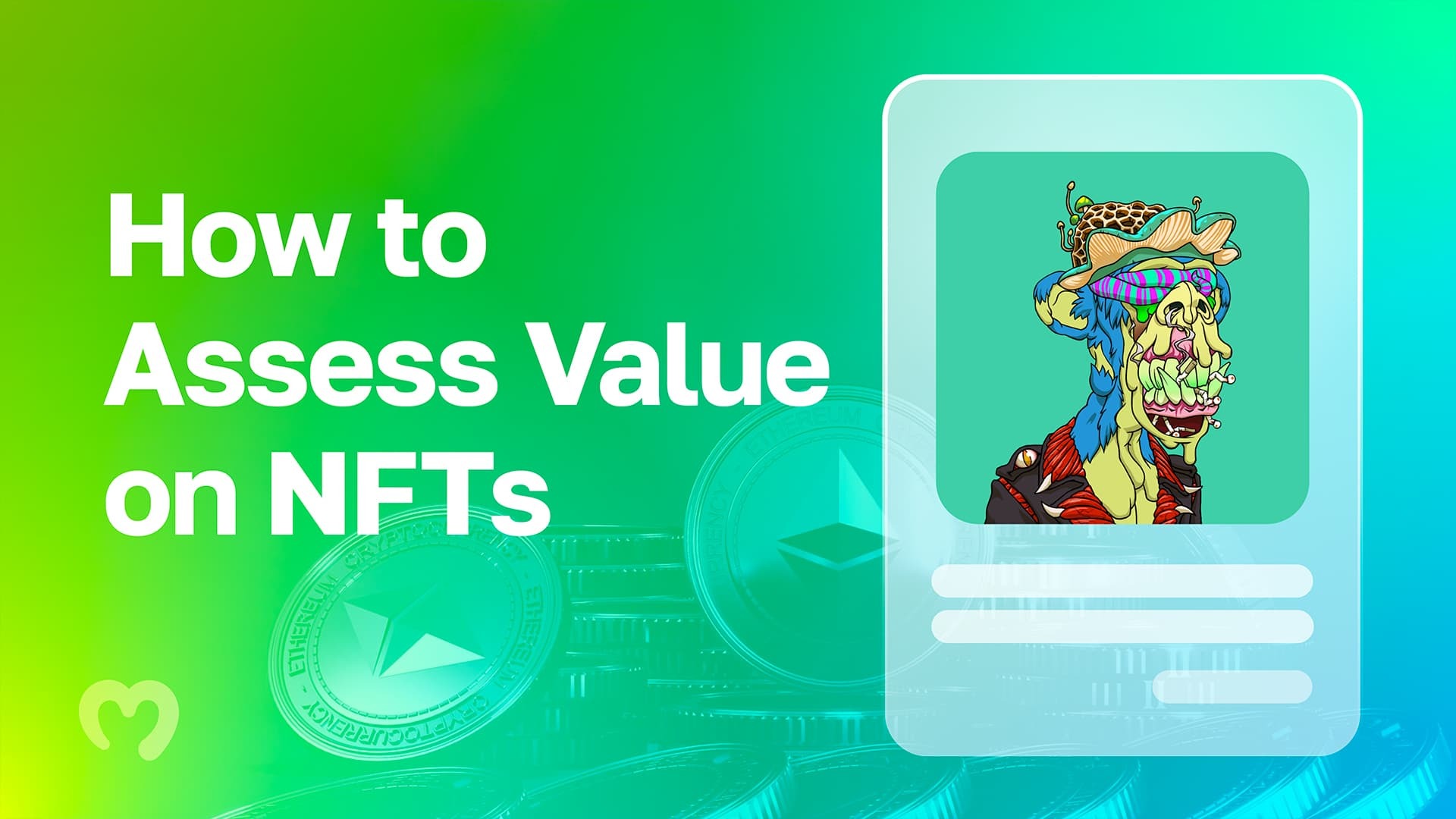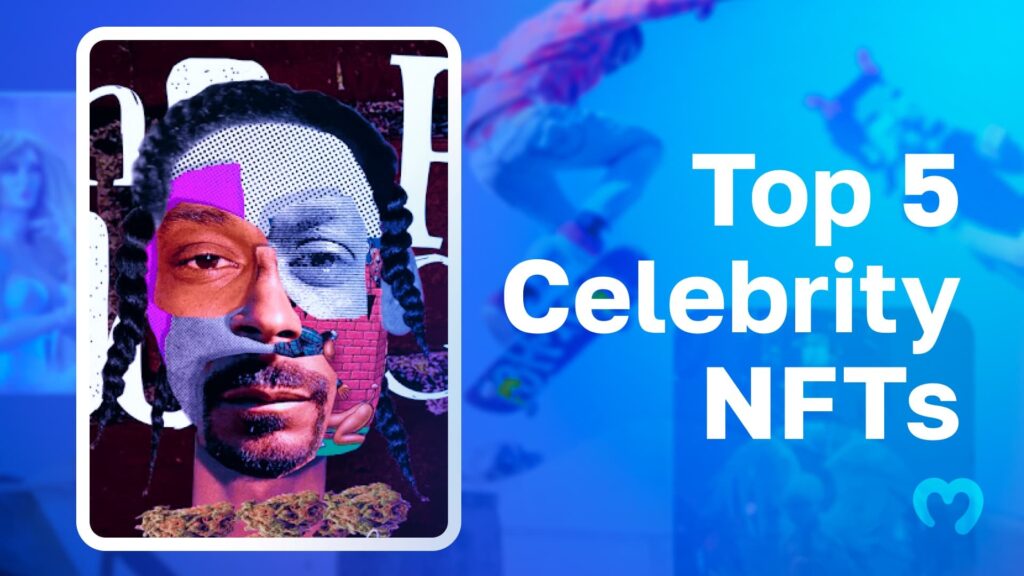NFTs are all over. Perhaps most famously, NFTs come in a broad variety of forms, and their value can vary dramatically. Naturally, NFTs are speculative assets – and their perceived value can fluctuate wildly – but there are some fundamental techniques to assessing values on NFTs. The first thing to do when assessing NFT value is to determine its category. For instance, when figuring out what determines the value of an NFT, you will need to look at a utility NFT differently than a music NFT. Moreover, purchasing a metaverse asset will not be the same as investing in a collectible. Each category will have questions that need answering before taking the plunge.
You’ll be ahead of the curve by digging into the different factors that determine NFT value. After all, most people buy on emotion. They’ll go “aping in” after reading some Twitter hype or seeing a recent price spike. This article will help you analyze NFTs objectively on a category-by-category basis.
What Determines the Value of an NFT in the Art Category?
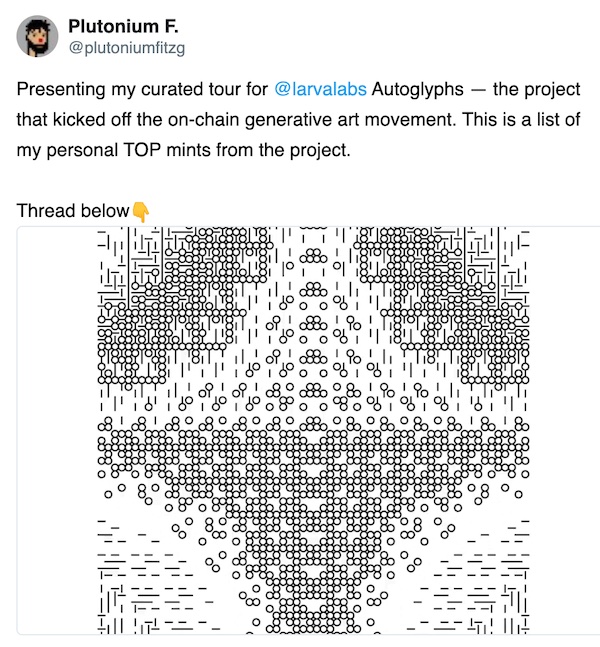
To assess the NFT value for a piece of art, start by evaluating the following:
1. The Artist
Before buying NFT artwork, check out some of the artist’s other works and their background, not just the NFT in question. Visiting their website and social media channels is a good start. By learning the artist’s story, you can get a better idea of their creative process and what kind of longevity they have. It’s fun to discover a brand new NFT artist at the beginning of their career before everyone else has. On the other hand, you could inadvertently buy an NFT from a “flash in the pan” who doesn’t have the staying power to remain in the art game for very long.
2. Aesthetics
An artwork’s aesthetics implies how much pleasure it brings to the audience. When considering aesthetics, look for things like content and visual harmony. Does the NFT artwork succeed in pleasing the viewer or offending them? Furthermore, an offensive piece of art is not necessarily a deal killer in specific genres, which leads to our next point.
3. Genre
To determine NFT value, you’ll want to figure out to which genre the artwork belongs. Is it generative art, conceptual art, or photography? Or is the NFT a digital representation of physical work like a painting? Figuring out which genre the artwork belongs to will help you understand its placement in the NFT art scene.
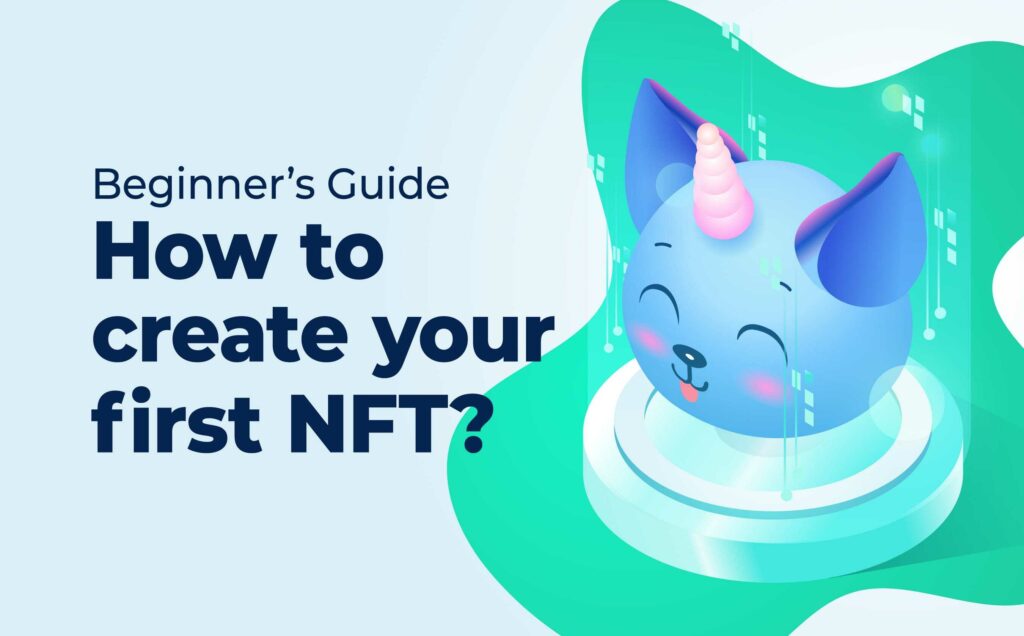
Are you ready to make your NFT? Check out our NFT coding tutorials here – and learn everything from NFT staking to nft minting website development!
4. Scope
Evaluating the scope means looking at whether the artwork is a one-off or part of a limited edition. What determines the value of an NFT? The size of the project is one factor. You’ll need to know if it’s one piece of art for sale or a limited edition.
In the traditional art world, a painter will create one original painting and then sell limited edition digital prints. If only 100 digital prints are available, they will be worth more individually than if the artist ran 1,000 copies. It works the same in determining NFT value. An NFT artist could continue creating a series of their work on an ongoing basis that could dilute its value. So, know the scope of the work before investing.
After studying this checklist, you’ll better understand what determines the value of an NFT, and you can apply the knowledge to other categories.
Markets can change quickly in crypto, and the volatility factor is an important one when it comes to understanding crypto crashes. Now that we’re in a trough, it’s essential to learn how to invest during a crypto bear market.
Games – Determining NFT Value
Here are some essential questions to ask when researching gaming NFTs.
1. Creators
One thing to look for is a team with accomplished designers and gaming veterans. People who’ve dedicated their lives to creating games will fare better in the marketplace than those who are jumping into the space to make a quick buck. Nevertheless, newcomers can appear seemingly out of the blue with an innovative project that no one has thought of before. So, it helps to look at both sides of the coin when determining NFT value in games.

2. Genre
Many NFT games will fit into a contemporary genre like sports or trading games, massively multiplayer online games (MMOs), or role-playing games. So, figure out where the project you’re analyzing fits in. Some games will be simple to build, while others will be more complex and take a great deal of time and effort to produce. Learn how to convert an NFT to an in-game item here.
3. Design
You’ll also want to consider how the NFTs factor into the game itself. Moreover, figure out how the game developers use the NFT business model. Do they sell NFTs directly to users? If so, how many are they selling? Or are they relying on in-game revenues? Is their NFT business model sustainable or shortsighted? Remember, the game has to be exciting and playable. So, be wary of a team that’s more interested in selling NFTs than creating a great game. The two need to complement one another.
4. Playability
Factoring in what determines the value of an NFT, you should consider whether the game is even playable yet? Some projects start releasing NFTs to grow revenue before players can use their game. But, teams that have already built a playable game are championing a less risky project.
5. Technical Characteristics
Note the chain where the NFTs are minted and their token standards. These can vary based on which blockchain the creators select. Usually, you’ll see Ethereum, Polygon, Arbitrum, and Ronin in the mix. Because of their low transaction fees, you’ll also find many Web3 games built out on sidechains or Layer-2 scaling solutions. Until the ETH devs implement Ethereum 2.0, non-Ethereum blockchains will continue to thrive in Web3 gaming.
While we’re on the topic of Ethereum, Solana is one of Ethereum’s competitors. Some think it’s an “ETH Killer,” others don’t. Please read about this blockchain in our Rust & Solana article.
6. Roadmap
Publicly stated plans are vital because they give you insight into a team’s progress. Look at the roadmap and try to determine if the marketing department is posting “feel-good fluff” that the team never intends to honor. Or are they following the map in a timely fashion? You don’t want to be too rigid on this point, however. Flexibility is essential, depending on the context. If something changes in the marketplace or an unforeseen event appears, the team may have to pivot in a different direction from their original plan. So, keep that in mind as well.
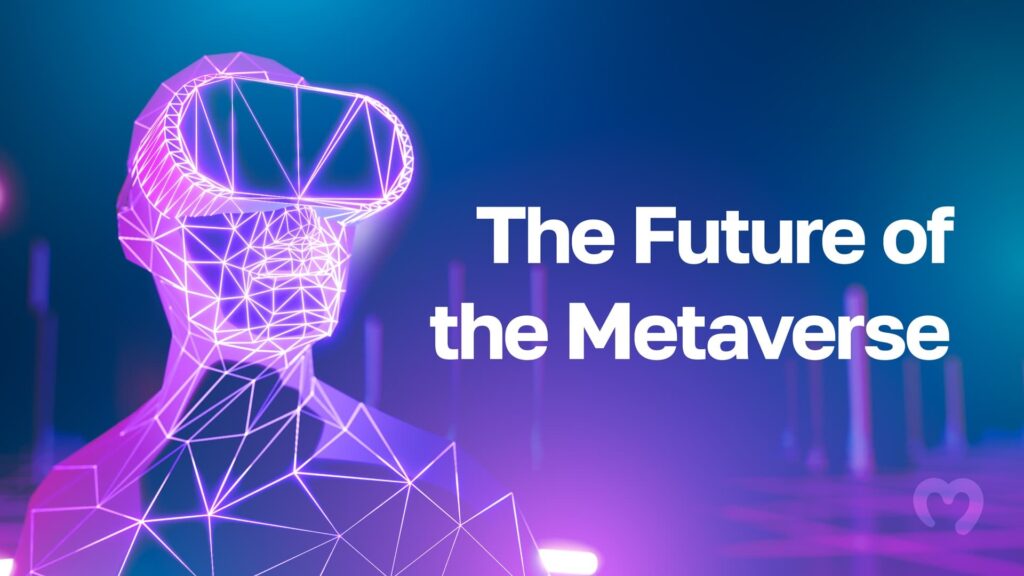
Metaverse and Digital Land
Analyzing virtual land NFTs requires some research as well.
1. The Creators
Check out the team’s experience and track record in the Web3 space. Any other relevant experience creating virtual worlds is notable too.
2. Technical Characteristics
Determine which blockchain the digital land resides in – Ethereum, Polygon, etc.
3. Land Supply
How are the builders handling the NFT supply? Is there a fixed amount of digital land available? Or is the supply unlimited? Scarcity factors will affect future prices, so it’s essential to know the project’s plans. Also, determine the pace of the land release. Will they offer an all-out land grab? Or will sales be spaced out over time?
4. Builds
Another thing to determine is whether land builds are easy or complex. Will you need to hire developers to build on the plots of metaverse land, or can you do it yourself? Also, determine what you can create. You want to accrue value with your future builds on your NFT property.
5. Accessibility
Is this virtual world an open space or more like a walled garden? In other words, can guests and outsiders roam the property to play games or watch virtual concerts? Or is the space limited to NFT holders only? More accessibility breeds more buzz and social shares and greater potential involvement from others in the future. So, weigh those factors accordingly.
6. Location
Real estate in the physical world is all about location, and the digital world is no different. So, what determines the value of an NFT in the metaverse? Location is a huge factor. So, you’ll want to look into the contexts of places to get a feel for their desirability. Celebrities and high-profile clients moving into the digital neighborhood is a positive signal for property values.
7. Users
How many active users are there? Users are another vital metric to check. Lots of activity going on with an NFT project is far better than investing in a virtual ghost town. Hardcore users can make a project fly. More importantly, no matter how great a project is, if no one knows or cares about it, all the great technology will be of little avail.
8. Market Data
Look at market data to assess the project’s viability: market cap, trading volume, and the number of holders. Did you know you can learn to create your metaverse? Check out our metaverse course at Moralis Academy.
Collectibles and Profile Pictures (PFPs)
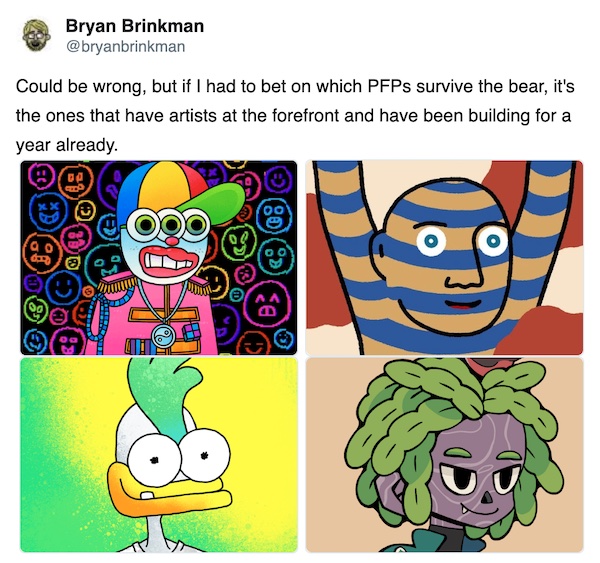
To better analyze digital collectibles or PFPs, check the following:
1. The Creators
Knowing a project’s track record is helpful. So you’ll want to check out the team’s previous projects. Also, figure out if the team is anonymous, pseudonymous, or above board and completely transparent. Some devs are private by nature, so anonymous team members don’t necessarily mean that something fishy is happening. However, understand that it’s much easier for unnamed teams to disappear into the night with everyone’s funds than for a transparent one.
2. Art
A collection that’s memorable and visually striking is always a plus. But art will always be subjective to an extent, and beauty is in the eye of the beholder. So, the ability to assess this factor can take time to develop.
3. Community
Observe members of the community and see if you can relate to them. The community’s reputation is essential. So, figure out if it’s full of “moon boys” looking to get rich quickly. Or if it’s a sober community with realistic expectations who are in love with the art and the project? The project’s Discord and Telegram channels are an excellent place to start.
4. The Market
How does the market look? You’ll want to review trading volume, market caps, floor prices, how many holders there are, etc. Reviewing this data will help you keep a finger on the project’s market pulse.
5. Supply
Take stock of the supply. How many pieces are there? It’s also helpful to know how much of it the team owns.
6. The Roadmap
Once again, we’re at the roadmap phase. And once again, you’ll want to keep an eye on the project’s publicly-stated plans to figure out what determines the value of an NFT in this category. Ask yourself, do their goals seem reachable or too lofty and scattered? If there is no roadmap available, is that intentional? Answering these questions will help you better determine the project’s future.
7. Use Cases
Do the collectibles in question offer additional utility? For example, can users stake their NFTs for ERC20 tokens or to have a say in DAO governance? The extra utility can translate to added value.
Celsius is one of the latest casualties in the bear market. Check out our recent article to find out what’s happening with Celsius network?
Determining NFT Value – Utility
Utility NFTs have specific use cases besides what digital art, virtual lands, and collectibles can offer. Domain NFTs such as Ethereum Name Service (ENS) domains and membership NFTs are examples of utility NFTs. Like the other categories, there are similar questions to ask.
Furthermore, you’ll want to determine the NFT value by researching what it does and how it works. You also want to determine how long the utility lasts. Some NFT utility benefits go on indefinitely. Others, like ENS names, expire and will need to be periodically renewed. Understanding the maintenance requirements for utility NFTs is critical to determining their value. Some NFTs even earn passive yield, which you’ll also want to consider.
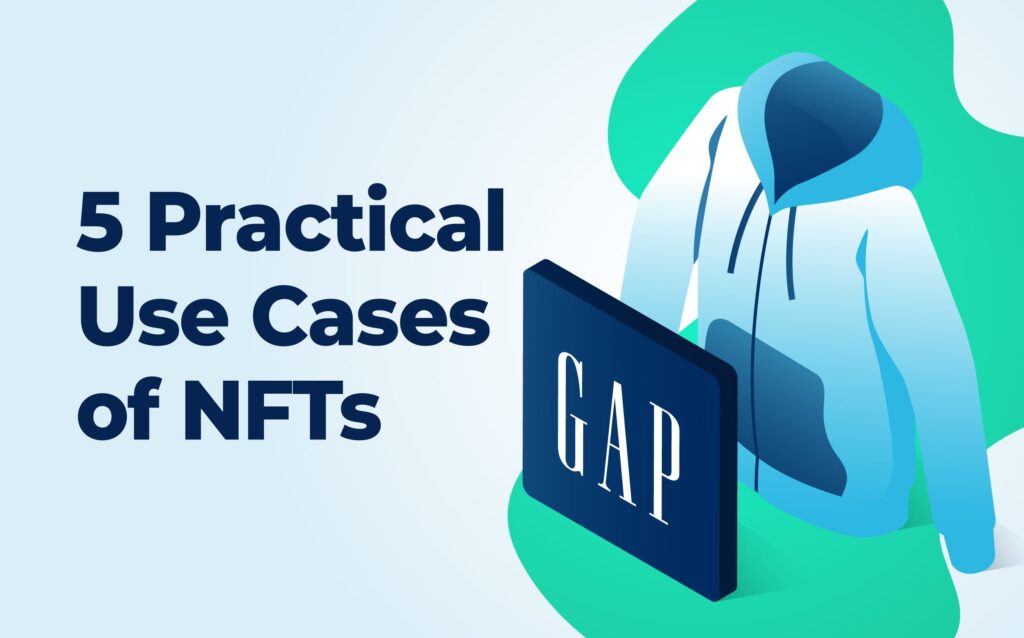
Conclusion – What Determines the Value of an NFT?
So, what determines the value of an NFT? As you’ve learned by now, it depends on the different factors in each category. The good news is with practice; you can improve your analytical skills when determining NFT value. Further, by researching the categories and their scope, you’ll learn how to better analyze NFTs from across the spectrum, whether it’s art, games, metaverse lands, or somewhere in between.
